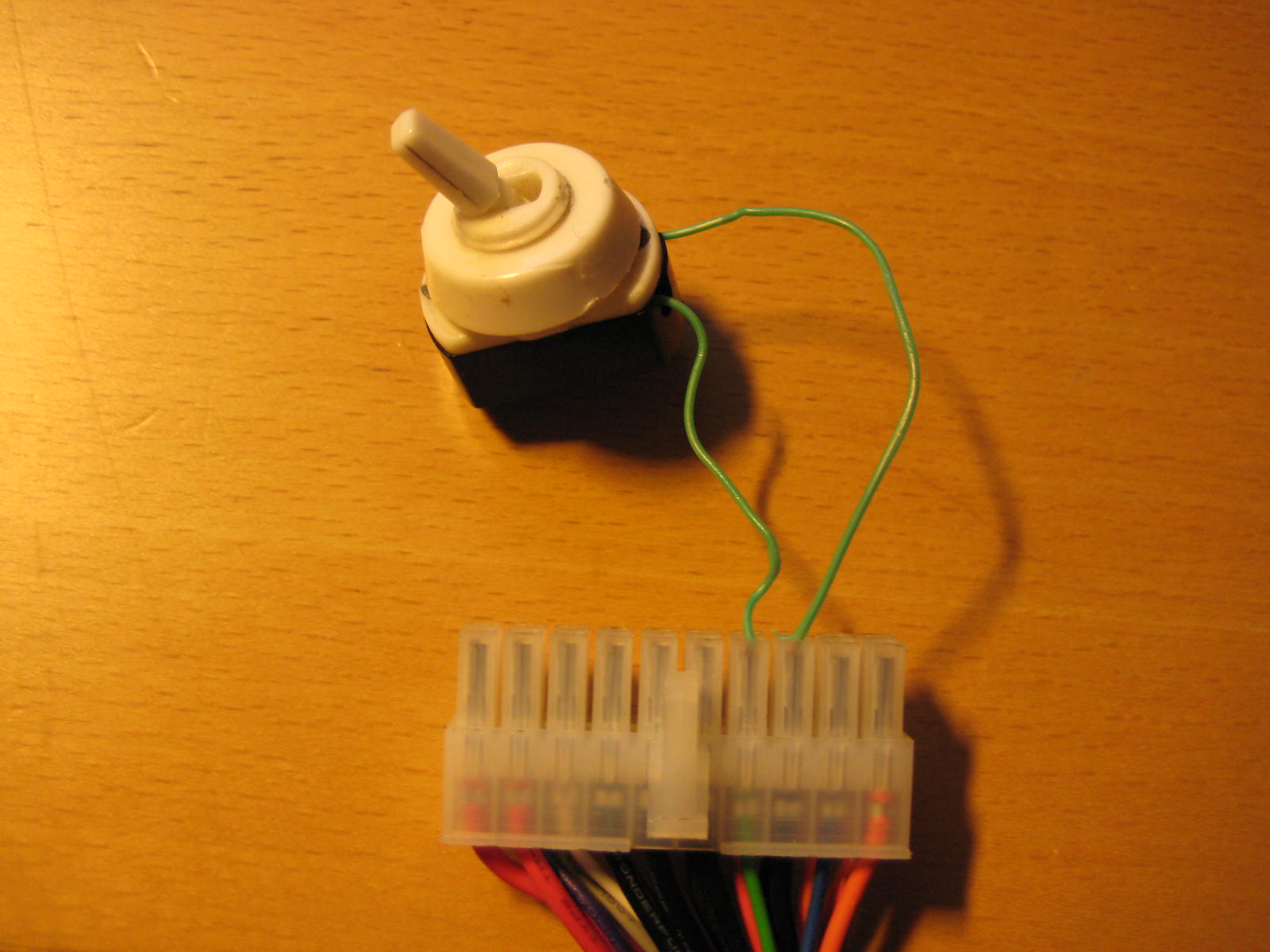

For from about $80 to $200 for most systems, a UPS can provide a remarkable amount of peace of mind coupled with additional uptime and less loss. In terms of entertainment, it could give you enough time to save your game after a blackout or-perhaps more importantly-give notice to others in a team-based multiplayer game that you need to exit, so you’re not assessed an early-quit penalty.Ī UPS also doubles as a surge protector and aids your equipment and uptime by buoying temporary sags in voltage and other vagaries of electrical power networks, some of which have the potential to damage computer power supplies. This might let you keep internet service active during an extended power outage, give you the five minutes necessary for your desktop computer with a hard drive to perform an automatic shutdown and avoid lost work (or in a worst case scenario, running disk repair software).

Check out PCWorld’s guide to organizing your PC cables for a complete system build that discusses proper cable management each step of the way.An uninterruptible power supply (UPS) offers a simple solution: it’s a battery in a box with enough capacity to run devices plugged in via its AC outlets for minutes to hours, depending on your needs and the mix of hardware. Now that you understand the building blocks of smart cable management, you may want to see smart cabling in action. Stick to reusable, removable ties if at all possible.įew cables can be seem from the front side of the same system.
#HARD TIME PC CABLE MANAGMENT POWER SUPPLY ZIP#
Heck, you can even use rubber bands! Don’t use zip ties if you can avoid it, however-if you ever need to remove a component or rewire your PC, zip ties have to be cut away, and it’s all too easy to slice a cable in the process. Velcro strips and twist ties are ideally suited to PC cable management, and adhesive tie downs can also come in handy if your case doesn’t already have tie down locations built-in. In most cases, you’ll find a large space-relatively speaking-toward the bottom of a system where the bulk of the excess cables can be hidden and secured, as well as ample room behind the motherboard tray.Ī behind-the-motherboard glimpse at a cleanly cabled system. If any cables are especially long or have excess connections, consider tying the cable together to prevent it from getting in the way of other components and cords. Once you’ve placed all of the cables, start securing them in tight bundles, starting from the top of the case and working your way down. If your case doesn’t have cut-outs in the motherboard tray, try running all your cables along the side edge of the tray to achieve a clean look. The vast majority of the cabling should wind up behind the motherboard tray in many builds. Keep airflow in mind don’t cover any case fans or coolers with a cable if at all possible. If you throw everything into the system willy-nilly and connect it all up, you’ll often find yourself disconnecting or moving things around to get the cabling right.
#HARD TIME PC CABLE MANAGMENT POWER SUPPLY INSTALL#
Then I install any data cables for various drives, and finally place in the power supply. I like to route and connect any front-panel or case-related cables first. It’s best to snake the cables behind the motherboard tray and to not tie anything down until every cable has been connected and is roughly in the ideal position. Yes, it’s ugly in the back, but sparkling clean where it matters up front. Route all wires behind the motherboard tray whenever possible, and bundle up an excessively long cables.


 0 kommentar(er)
0 kommentar(er)
